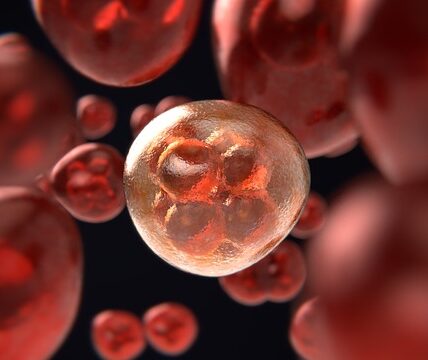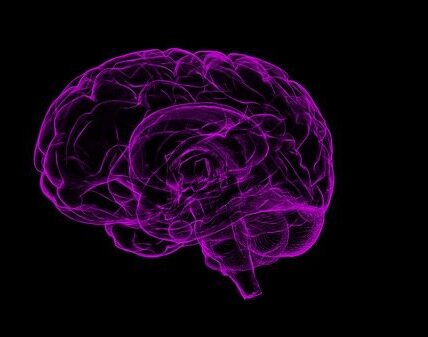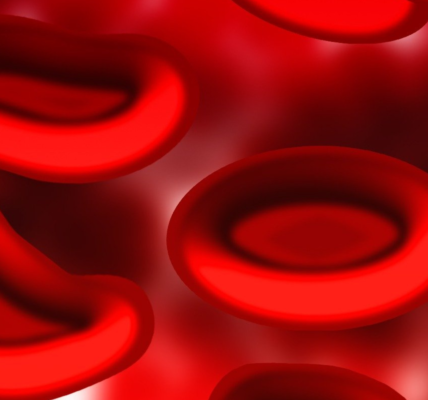Inflammatory disease is when the immune system attacks the body’s own cells or tissues which results in causing inflammation. Rheumatoid arthritis, Crohn’s disease, and ulcerative colitis are some examples of inflammatory diseases having very complex disease-causing mechanisms and which can also vary from patient to patient. Researchers at Karolinska Institute describe a path of personalized treatment of inflammatory disease. By using digital twins, researchers have understood the “off and on” proteins that control the disease.
The research has been published in Cell Reports Medicine in a paper titled, “Multi-organ single cell analysis reveals an on/off switch system with potential for personalized treatment of immunological diseases.”
“Prioritization of disease mechanisms, biomarkers, and drug targets in immune-mediated inflammatory diseases (IMIDs) is complicated by altered interactions between thousands of genes,” said the researchers. “Our multi-organ single-cell RNA sequencing of a mouse IMID model, namely collagen-induced arthritis, shows highly complex and heterogeneous expression changes in all analyzed organs.”
Scientists report that the solution for this condition lies somewhere in the molecular programs. The study was done in collaboration with Linköping University in Sweden, Harvard University, and other universities in the United States, China, and Korea.
“Our analyses of patients who responded or didn’t respond to TNF therapy revealed different switch proteins in different individuals,” said the study’s author Mikael Benson. “Another important discovery was that the proteins did not switch off the diseases but were more like dimmer switches that raised or lowered the disease programs.”
In recent studies, the researchers integrate the analyses of mouse models suffering from rheumatoid arthritis and digital twins of human patients with numerous inflammatory diseases.
“Even though only the joints were inflamed in mice, we found that thousands of genes changed their activity in different cell types in ten organs, including the skin, spleen, liver, and lungs,” said Benson. “As far as I’m aware, this is the first time science has obtained such a broad picture of how many organs are affected in rheumatoid arthritis. This is partly due to the difficulty of physically sampling so many different organs.”
“The methods can be developed to tailor the right combination of drugs for ‘on’ proteins for individual patients,” Benson added. “The programs we describe will be made available to the research community so that more clinical studies can be done of patients with different immune diseases.”






















